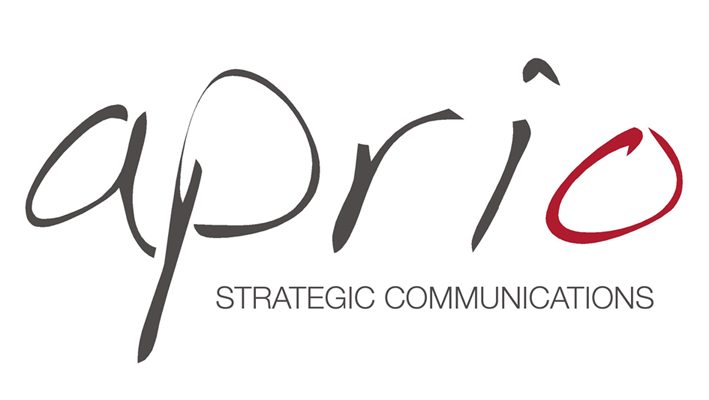NIRI organized more than 45 informative panel sessions and workshops that were led by some of IR’s top influencers. While I wanted to attend each one, unfortunately I am not omnipresent. For those that I did attend, I left with several key takeaways that can benefit any IR program and wanted to share those with you here at The Podium.
- Changes in the capital markets have presented IR professionals with new challenges. Today, high frequency trading accounts for up to 70% of all volume in stocks. This type of trading can be triggered simply by the number of impressions a news story generates, regardless of the content (i.e. the relocation of company headquarters). In addition, many stocks are often experiencing high trading volumes on a day where there is no news at all. While this often sets off concerns from the C-suite, there is little that can be done. IR professionals should remain focused on targeting shareholders who are interested in the qualitative aspects of the story.
- CFOs are focusing more of their time on investor relations. On a panel consisting of Fortune 500 CFOs from the Seattle area, all indicated that they spend approximately 10-15% of their time on IR activities (at a recent Boston chapter event, small- and micro-cap CFOs trended more toward 20-25%). The panelists stressed the importance of the IR role in helping CFOs to keep their finger on the pulse of what is going on in the markets and the concerns of investors. IR professionals that provide regular insightful market intelligence are truly valued by the C-suite.
- Investor relations and corporate governance are converging more than ever. There have been 49 failed votes on say-on-pay so far this year. As such, it has become increasingly more important for companies to understand how their shareholders vote and how the proxy advisors reach their recommendations. Companies are reaching out directly to shareholders to discuss any concerns with the proxy. IR teams should compile data about their top shareholders, including compliance contacts, custodian information, and which advisor recommendations are considered. In addition, the proxy advisors appreciate having an open dialogue with companies regarding their recommendations. For best results, implement a proxy communications program early. Compliance officers and proxy advisors will be slammed come proxy season, so reach out well in advance of issuing the proxy.
- Companies are gradually determining how to incorporate social media into their IR program. Many attendees at the event were curious about social media and how to use it strategically. While most public companies today are in the nascent stages of using social media (including RSS feeds and share buttons on their website), others have established a presence on external platforms such as Twitter, YouTube, SlideShare, StockTwits and LinkedIn. All companies should conduct an audit to determine what level of social media engagement would be beneficial to the shareholder outreach program. A clear social media policy should be implemented, as well as an ongoing monitoring program.
- Your investor presentation needs work. Many of the investor presentations being delivered are not focused and leave investors confused. Take a look at your presentation and ask yourself, does it tell a compelling story? Each slide should have one key takeaway, which should be expressed in the headline and supported by the content on the slide. The design and layout should be simple and guide the audience to the point. We all know that the delivery is vital to the success of the presentation, but remember, the investor presentation is the most downloaded document on the IR website, so it should be effective without any supporting audio.
- Board members want to be included in the IR process. There was some debate about whether it was appropriate for investors to have direct access to board members. Regardless of whether this is permitted, it is beneficial to provide Reg FD training to the board, particularly for those that do have external exposure. Keep board members abreast of market concerns, as well as the company’s official response to common questions.
Dennis Walsh is Senior Consultant & Director of Social Media at Sharon Merrill. He counsels clients on a broad array of investor relations and corporate communications issues such as market research, competitive intelligence, earnings announcements, investor targeting, roadshow planning and social media.
